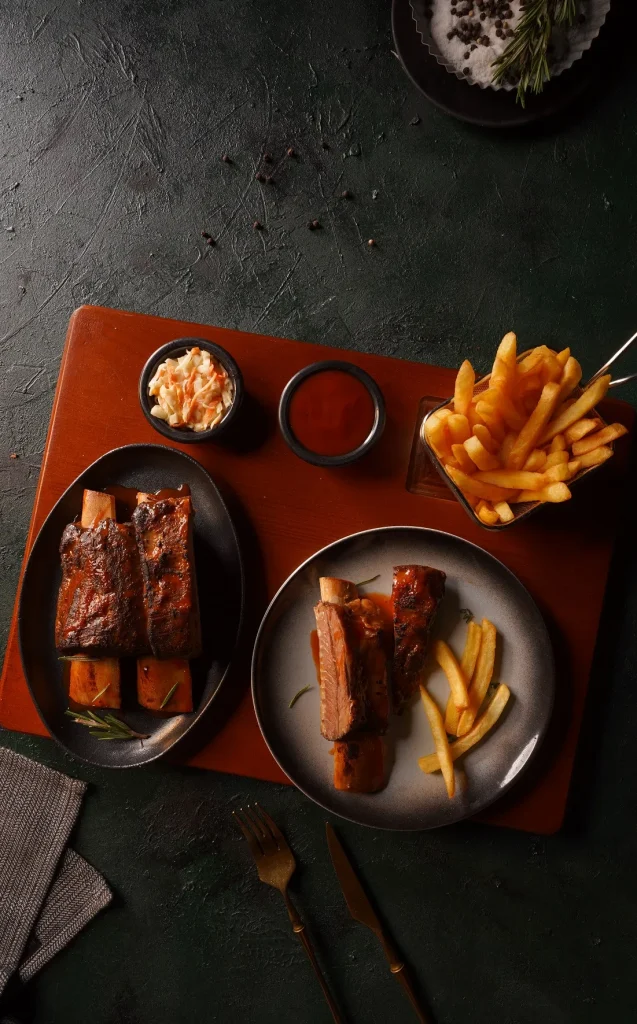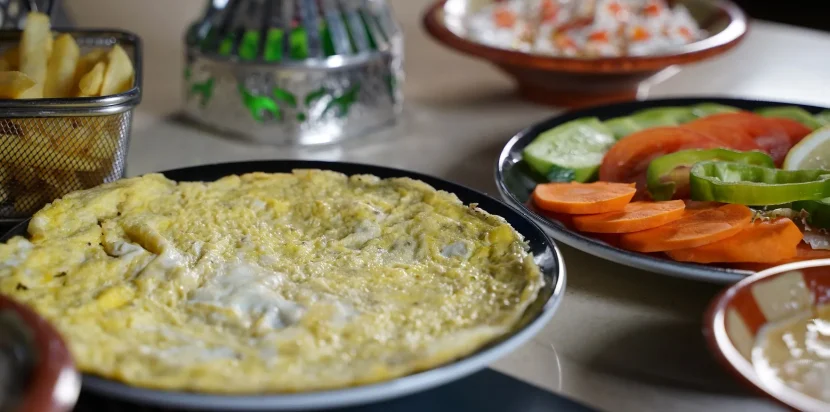Popular Egyptian dishes served in restaurants represent more than food – they embody history, culture, and the essence of hospitality. Egypt’s culinary traditions have been shaped by centuries of influence from the Middle East, North Africa, and the Mediterranean. Today, Egyptian restaurants combine these traditions with modern presentation to create dishes that appeal to both locals and international visitors. For guests at restaurants like Aaspero, enjoying Egyptian dishes is not only about taste but also about experiencing a story that stretches back thousands of years.
The Heritage of Egyptian Cuisine
Egyptian food reflects the country’s geography and history. From the Nile River’s fertile banks providing fresh vegetables and grains to the cultural exchanges that introduced spices and cooking techniques, every dish tells a story. Restaurants across Egypt now showcase these traditional flavors, adapting them to suit modern tastes while keeping authenticity at the core.

Iconic Egyptian Dishes Found in Restaurants
Koshari: Egypt’s National Dish
Koshari is one of the most beloved dishes in Egypt. Made with rice, lentils, pasta, and chickpeas, all topped with a tangy tomato sauce and crispy fried onions, koshari is a filling and affordable meal. Many restaurants, including upscale venues such as Aaspero, have elevated koshari by experimenting with refined presentation while keeping its traditional soul intact.
Molokhia: A Green Classic
Molokhia is a leafy soup made from finely chopped jute leaves, often served with rice and meat like chicken or rabbit. Its unique texture and garlic-coriander flavor make it a favorite in Egyptian households and restaurants alike. Visitors often see molokhia as a must-try dish because of its deep cultural roots.
Fatta: A Celebration Dish
Traditionally served during religious feasts and special occasions, fatta is made of rice, crispy bread, and layers of meat, all topped with a garlicky vinegar-tomato sauce. Many restaurants in Giza and Cairo highlight fatta as part of their festive menus, giving diners a taste of celebration year-round.
Grilled Meats and Kebab
Egyptian restaurants are famous for their charcoal-grilled meats, including lamb kebab, kofta, and chicken. The smoky aroma and carefully blended spices make these dishes stand out. Establishments like Aaspero often add modern twists, pairing traditional grills with contemporary sides and beverages.
Mahshi: Stuffed Vegetables
Mahshi is another Egyptian favorite, consisting of zucchini, peppers, vine leaves, or eggplants stuffed with rice, herbs, and sometimes minced meat. It reflects the Egyptian love for hearty, home-style meals and is widely available in both casual eateries and fine dining settings.
Om Ali: The Famous Egyptian Dessert
No discussion of popular Egyptian dishes is complete without om ali, a dessert made from baked pastry soaked in milk and mixed with nuts, raisins, and coconut. Sweet, rich, and comforting, om ali is a highlight on menus across Egypt. Restaurants like Aaspero often serve it with a touch of elegance, making it as visually appealing as it is delicious.
Why These Dishes Remain Popular
Egyptian dishes remain popular in restaurants because they combine tradition with comfort. They are flavorful, filling, and carry cultural significance. Diners appreciate them not just for their taste but for the connection they create to Egypt’s history and lifestyle.
Tourists and Egyptian Dishes
For tourists, trying Egyptian dishes is often one of the highlights of their trip. Restaurants present local cuisine as part of an immersive cultural experience. From koshari stalls in downtown Cairo to refined venues like Aaspero that reimagine these dishes with creativity, visitors are able to explore Egyptian culture bite by bite.
Challenges of Preserving Authentic Egyptian Cuisine
While demand for traditional dishes is strong, restaurants face challenges in balancing authenticity with modern expectations.
-
Ingredient Quality
Maintaining high-quality and fresh ingredients is essential. Local produce and spices must meet standards for both traditional and contemporary presentation.
-
Innovation vs. Tradition
Some diners expect classic recipes, while others want new twists. Restaurants must innovate without losing the essence of the dishes.
-
Global Competition
As international cuisines become more accessible in Egypt, local restaurants must ensure that Egyptian dishes remain appealing and relevant.

The Future of Egyptian Dishes in Restaurants
The future looks promising for Egyptian cuisine. Restaurants are increasingly incorporating traditional dishes into modern menus, presenting them in new formats while keeping authenticity. Culinary schools and young chefs are also investing in preserving recipes, ensuring that Egypt’s food culture thrives both locally and internationally.
Finally
Popular Egyptian dishes served in restaurants are more than meals – they are a cultural journey. From hearty koshari and molokhia to sweet om ali, these dishes reflect Egypt’s history, identity, and hospitality. For locals, they are everyday comfort. For tourists, they are unforgettable experiences. Restaurants like Aaspero showcase how tradition can meet innovation, making Egyptian cuisine relevant for new generations while honoring its timeless flavors.
 Phone: +010 50 855 838
Phone: +010 50 855 838  Email: restaurant@asperogroup.com
Email: restaurant@asperogroup.com 


Comments are closed